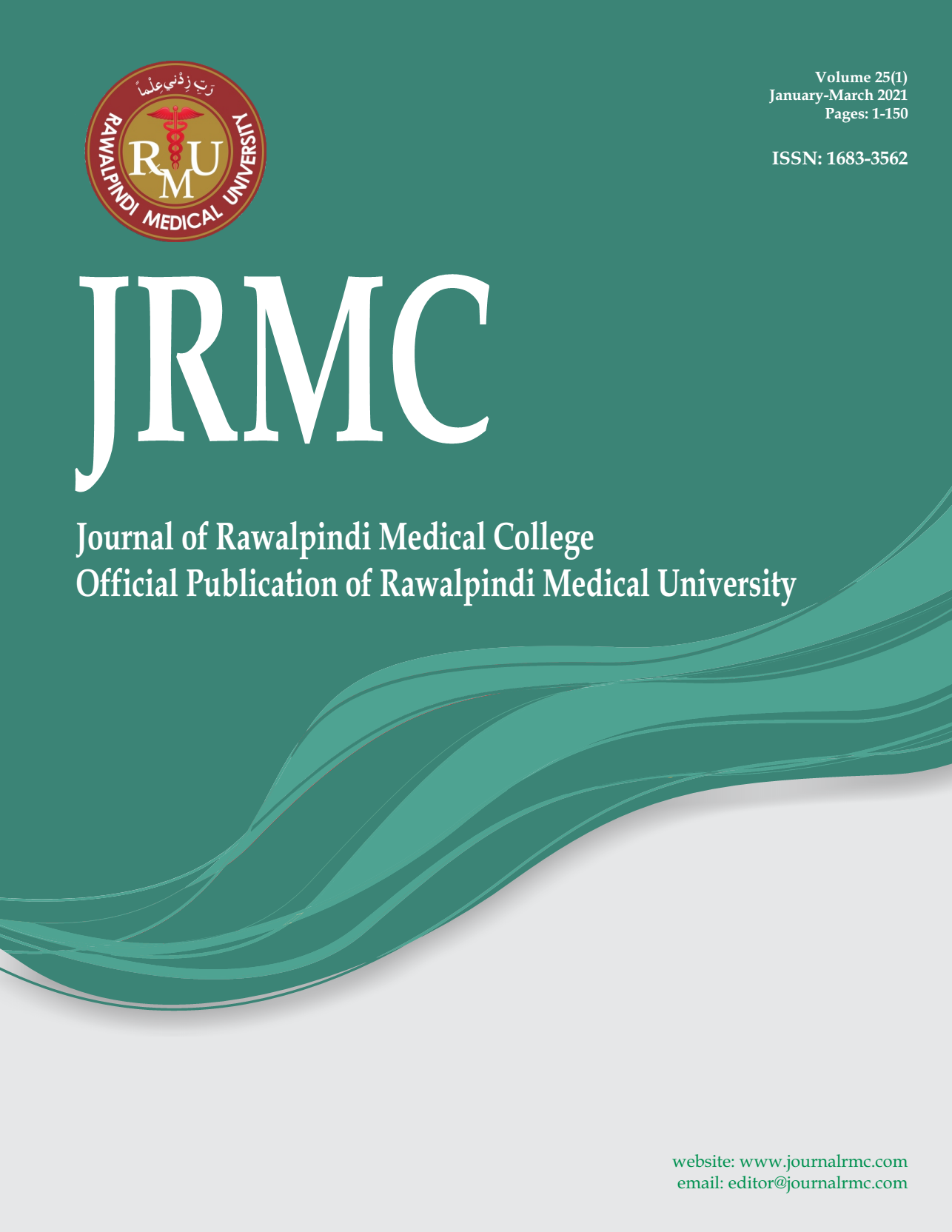Abstract
Introduction: The SWOC (strengths, weaknesses, opportunities, and challenges) analysis of e-learning at Rawalpindi Medical University during the period of the COVID-19 pandemic was conducted.
Methods: This cross-sectional survey-based study using a mixed quantitative and qualitative approach was conducted at Rawalpindi Medical University in June 2020 through an online survey. Data were collected electronically from 400 undergraduate medical students and faculty members using online Google forms. The study was carried out after obtaining ethical approval from the Institutional Review Board of Rawalpindi Medical University. Anonymity and confidentiality of data were maintained.
Results: The salient features of e-learning at RMU was the establishment of prospect for remote learning in unprecedented circumstances and promotion of learner-centered, self-directed lifelong learning while the unavailability of internet and professional isolation was reported as a potential weakness, an opportunity provided by this platform was the introduction of blended learning programs and digital competence while potential challenges reported were conduction of valid, reliable and feasible e-assessment and strategies for teaching, learning, and assessment strategies for psychomotor and soft skills.
Conclusion: In-depth analysis of e-learning during the midst of COVID-19 has made this evident that RMU is fully equipped and ready to cope up with any unforeseen event with regards to undergraduate medical education. There is startling need to develop infrastructure for long term sustainability and acceptability by availing opportunities, improving strength, and overcoming potential weaknesses and challenges.

This work is licensed under a Creative Commons Attribution-ShareAlike 4.0 International License.
Copyright (c) 2020 Khola Noreen, Muhammad Umar, Syed Arshad Sabir, Ammara Farooq





